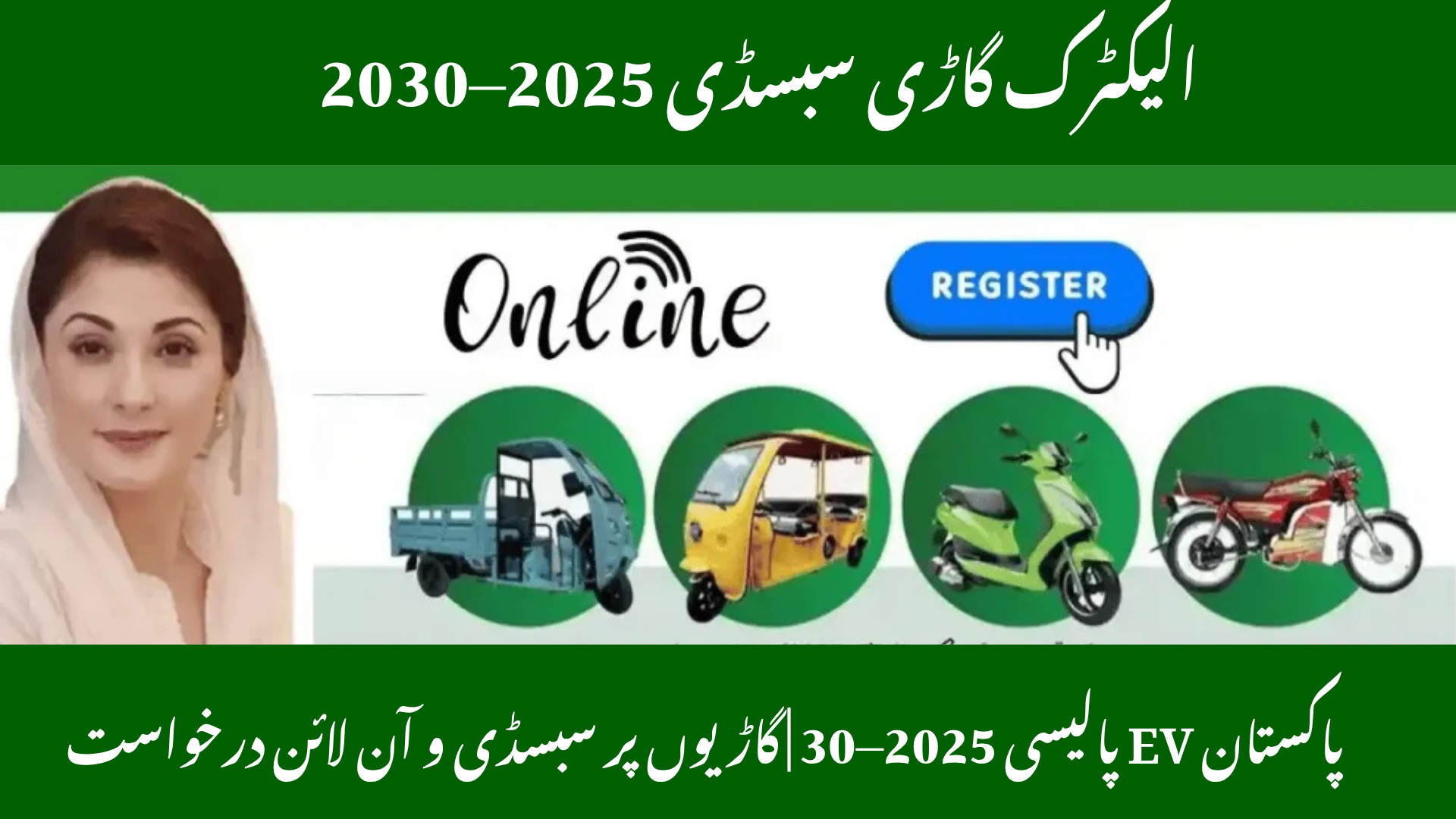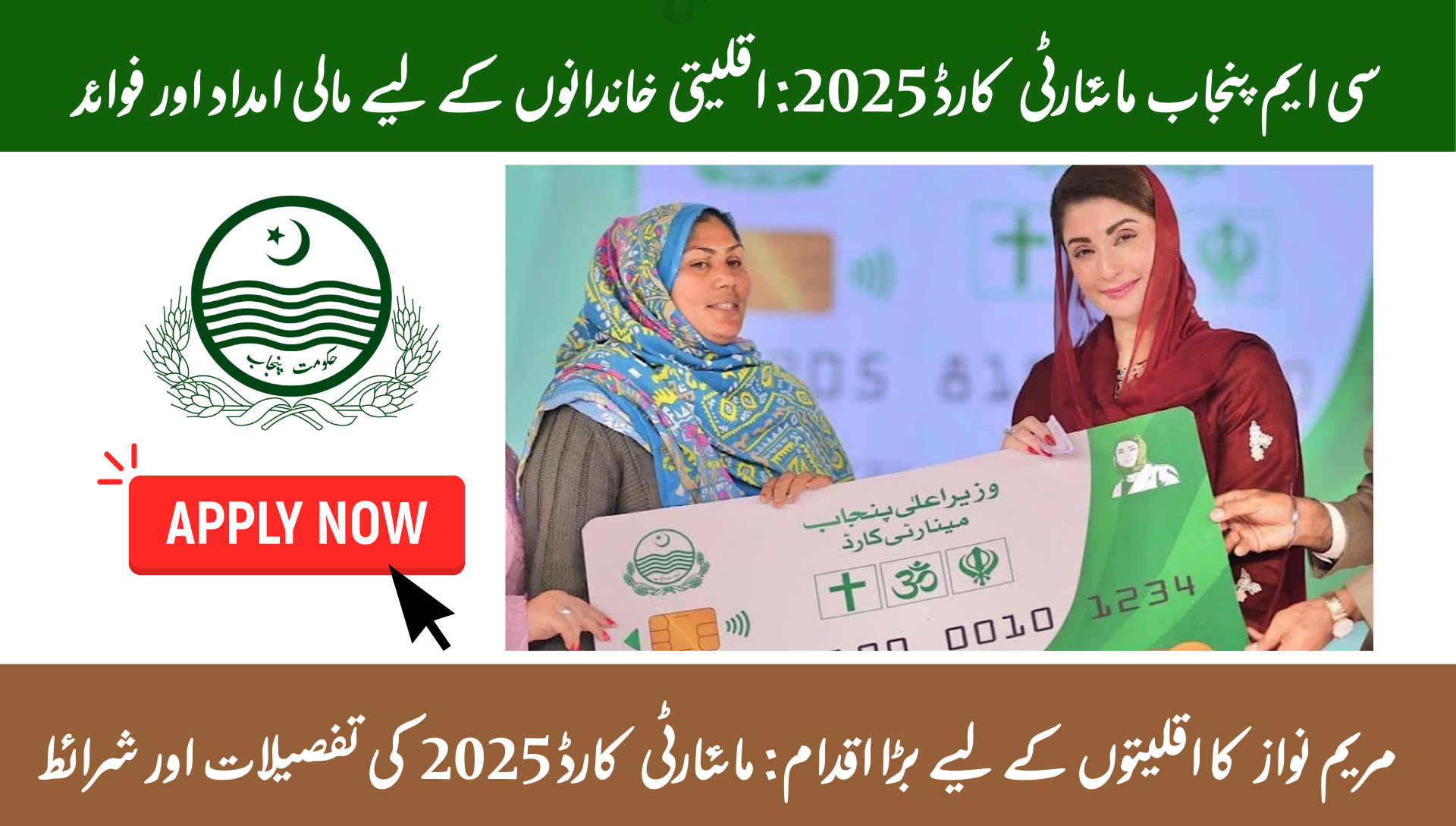New Energy Vehicle Policy 2025–30. Pakistan is moving towards a clean and sustainable transport system with the launch of the New Energy Vehicle (NEV) Policy 2025–30. This national policy encourages the use of electric vehicles (EVs) to reduce fuel imports, lower air pollution, and boost local employment in the EV industry.
If you’re wondering how to apply for EV subsidies or what benefits this policy offers, this article explains everything step-by-step in simple, clear English.
Pakistan’s New Energy Vehicle Policy 2025–30
The New Energy Vehicle Policy was introduced by the Government of Pakistan as part of its long-term plan for environmental sustainability and economic efficiency. The policy is managed under PAVE (Pakistan Accelerated Vehicle Electrification Program) and supervised by the Engineering Development Board (EDB).
Key Objectives
- Promote electric mobility across Pakistan.
- Reduce dependence on imported fuel to save national reserves.
- Cut down air and environmental pollution.
- Create new job opportunities in EV production, servicing, and logistics.
All applications are submitted online, and a computerized lottery will announce successful candidates on 1st October 2025.
EV Subsidies and Financial Incentives
To help more people switch to electric vehicles, the government has announced attractive financial subsidies and loan facilities for eligible applicants.
EV Subsidy Details
| Vehicle Type | Subsidy Amount | Loan Facility | Installment Period |
|---|---|---|---|
| Electric Motorcycles | Up to PKR 80,000 | Up to PKR 200,000 | 2 years |
| Electric Rickshaws / Loaders | Up to PKR 400,000 | Up to PKR 880,000 | 3 years |
Benefits of EV Subsidies
- Affordable EV ownership through easy monthly installments.
- Massive fuel savings — estimated at PKR 290 billion nationwide.
- Reduced carbon emissions, supporting cleaner air and a greener Pakistan.
- Special quotas for women, delivery riders, and fleet companies.
Who Can Apply for NEV Subsidy Scheme
The New Energy Vehicle Policy 2025–30 aims to support a wide range of applicants. Both individuals and businesses can apply under the scheme.
Eligible Applicants
- Private individuals buying their first electric bike or rickshaw
- Women entrepreneurs and daily commuters
- Delivery workers in logistics companies
- Fleet operators and rental businesses
Applications can be made through: www.pave.gov.pk or the Engineering Development Board official portal.
The government will select successful applicants through a computerized draw held on 1st October 2025.
How to Apply Online — Step-by-Step
Applying for EV subsidies under the New Energy Vehicle Policy is simple and can be done entirely online.
Step-by-Step Process
- Visit the Official Portal:
Go to www.pave.gov.pk. - Create an Account:
Register using your CNIC, mobile number, and email. - Select Vehicle Type:
Choose between electric motorcycle or electric 3-wheeler (rickshaw/loader). - Upload Documents:
- CNIC copy
- Vehicle or model details
- Proof of income (if required)
- Contact information
- Submit Application:
Review details carefully and click Submit. - Wait for Lottery Results:
Check your name in the results list on 1st October 2025.
Helpline: 1048 (for registration and technical support).
Benefits of the NEV Policy 2025–30
The government expects this initiative to bring economic, social, and environmental transformation across the country.
Economic Benefits
- Reduced fuel imports — saving billions of rupees annually.
- New employment in EV assembly plants and battery stations.
- Boost in local manufacturing and innovation.
Environmental Benefits
- Lower carbon dioxide and toxic emissions.
- Cleaner cities with reduced noise and air pollution.
Social Benefits
- Women empowerment through reserved quotas.
- Affordable and reliable transport options for workers and students.
Comparison: Electric Bikes vs Electric Rickshaws
Here’s a quick comparison between two main EV categories available under the new subsidy scheme.
| Feature | Electric Motorcycles | Electric Rickshaws |
|---|---|---|
| Maximum Subsidy | PKR 80,000 | PKR 400,000 |
| Loan Facility | PKR 200,000 | PKR 880,000 |
| Installment Duration | 2 years | 3 years |
| Target Users | Individuals, delivery riders | Fleet operators, small businesses |
| Environmental Impact | Moderate | High (more fuel replaced) |
Expected Impact of the Policy
The New Energy Vehicle Policy 2025–30 is set to reshape Pakistan’s transport system by 2030.
| Impact Area | Expected Result |
|---|---|
| Fuel Savings | PKR 290 billion annually |
| Job Creation | Thousands of new EV sector jobs |
| Air Quality | Noticeable reduction in pollution |
| Public Benefits | Affordable green transport |
| Empowerment | Women and delivery sector inclusion |
Challenges Ahead
While the policy offers massive benefits, certain challenges need attention:
- Charging infrastructure expansion across cities.
- Battery recycling and safety standards.
- Awareness campaigns for EV adoption.
- Coordination between federal and provincial governments.
The government plans to partner with private companies and investors to address these areas by 2026.
FAQs About NEV Policy 2025 Pakistan
Q1: What is the New Energy Vehicle Policy 2025–30 in Pakistan?
It’s a government program promoting electric mobility, offering subsidies and loans for EV purchases to reduce fuel imports and pollution.
Q2: How can I apply for the EV subsidy?
Apply online via www.pave.gov.pk.
Q3: What subsidies are available?
Up to PKR 80,000 for electric bikes and PKR 400,000 for electric rickshaws/loaders.
Q4: Who gets priority in selection?
Women, delivery workers, and fleet companies have special quotas under the policy.
Q5: Where can I find the official policy PDF?
You can download it from www.pave.gov.pk or www.engineeringpakistan.com.
Conclusion
The New Energy Vehicle Policy 2025–30 marks a new era for Pakistan’s transportation future. It combines financial relief, sustainability, and inclusiveness, helping citizens shift to eco-friendly vehicles.
With government subsidies, easy loans, and special quotas, Pakistan is taking bold steps toward a cleaner and energy-efficient tomorrow.

















